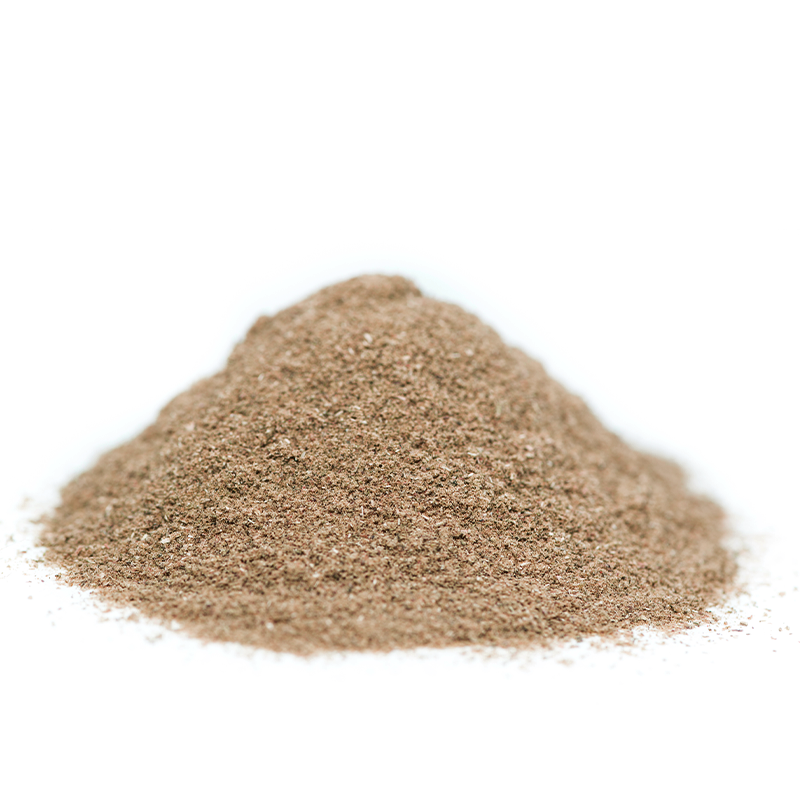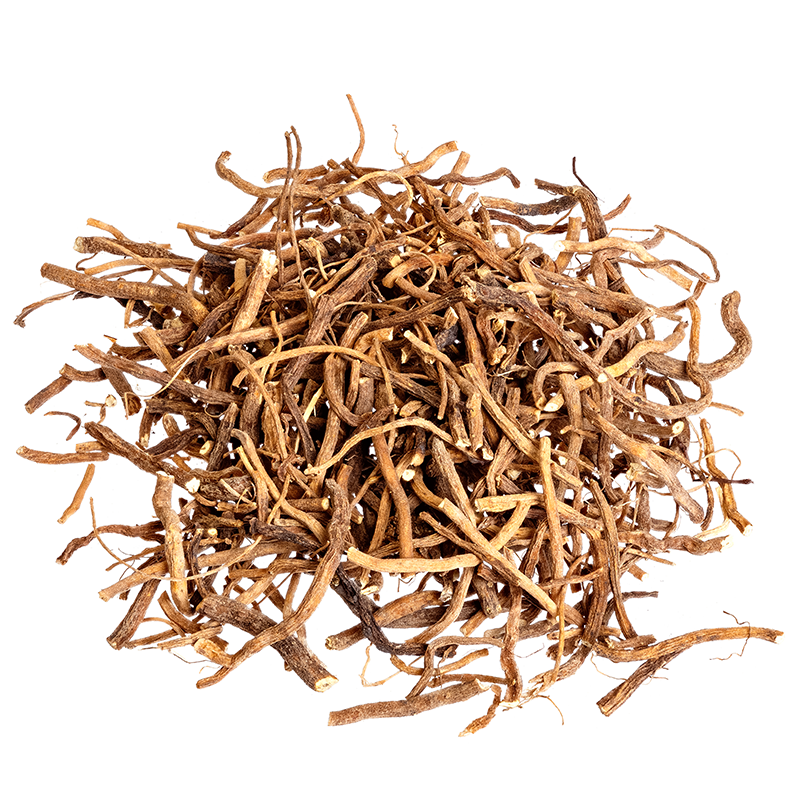Valerian Root: Traditional Herb for Relaxation and Rest
A perennial plant, native to Europe and parts of Asia. These roots have a pungent odor, and have been used in traditional recipes for thousands of year to help support natural relaxation & healthy rest.
Valerian Root is widely used for its sedative and calming effects, making it a popular choice for promoting restful sleep and supporting a healthy stress response. It's believed to interact with the neurotransmitter GABA, contributing to its relaxing properties. Valerian Root is used in herbal teas, supplements, and aromatherapy products for its soothing influence.
More about Valerian Root
Valerian Root, known scientifically as Valeriana officinalis, is renowned in apothecaries and natural health stores for its soothing properties. This herb, characterized by an earthy, woody, and slightly bitter flavor, is mainly utilized for its relaxing effects.
Valerian Root's active components, such as valerenic acid and sesquiterpenes, are believed to interact with the GABAergic system, contributing to its calming effects on the body and mind. This makes it a popular herbal remedy for managing sleeplessness, calm, and occasional stress.
Originating from Europe and Asia, Valerian Root has a long history of use and is now widely cultivated for its therapeutic properties. In modern holistic practices, it is often used in the form of teas, capsules, and tinctures. Valerian Root's ability to promote relaxation and improve sleep quality without the side effects commonly associated with synthetic sedatives makes it a valued natural alternative in sleep management.
Know Your Ingredient: Valerian Root
| Latin Name | Valeriana officinalis |
| Active Ingredients | Valerenic acid, sesquiterpenes, valepotriates |
| Classification Secondary Metabolite | Sesquiterpenes, Iridoids |
| Flavor | Earthy, woody, slightly bitter |
| Common Use | Herbal medicine for insomnia, anxiety, sedative |
| Origin | Native to Europe and Asia, widely cultivated |




